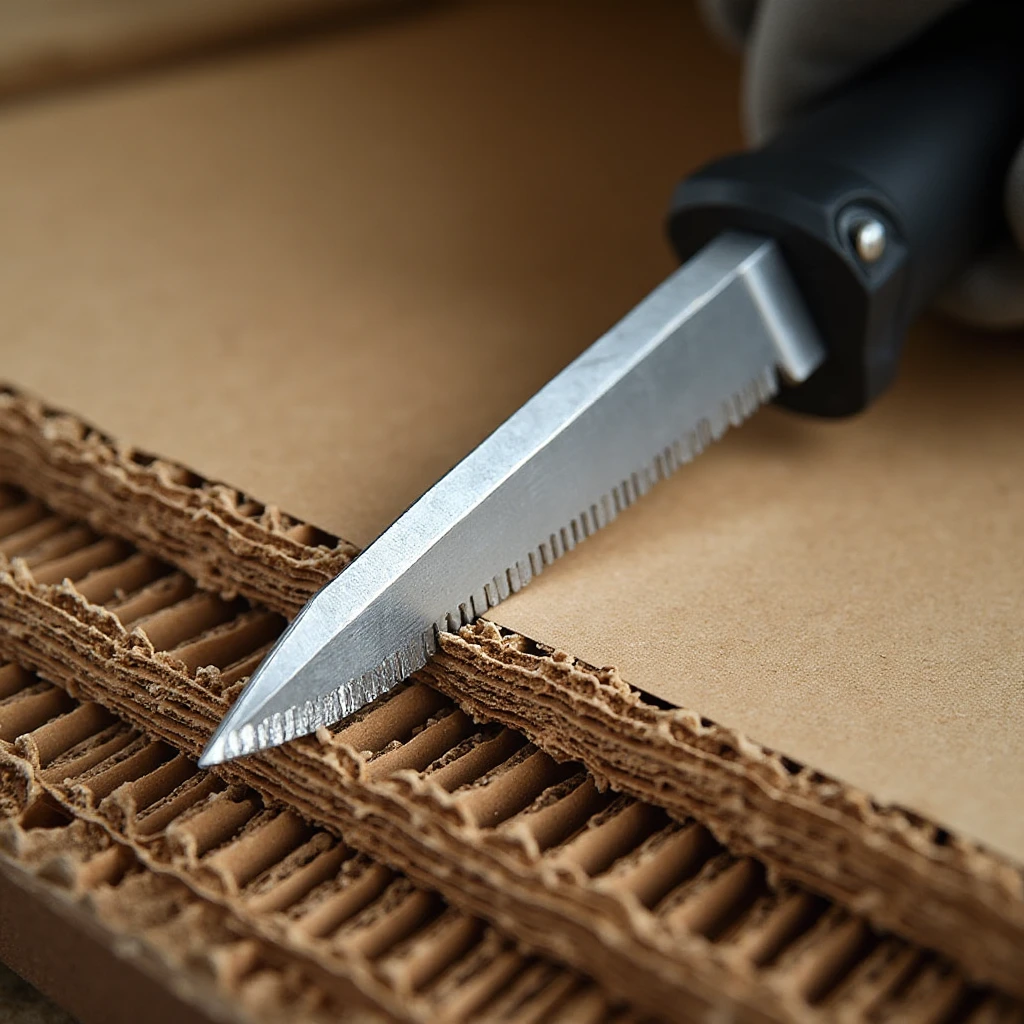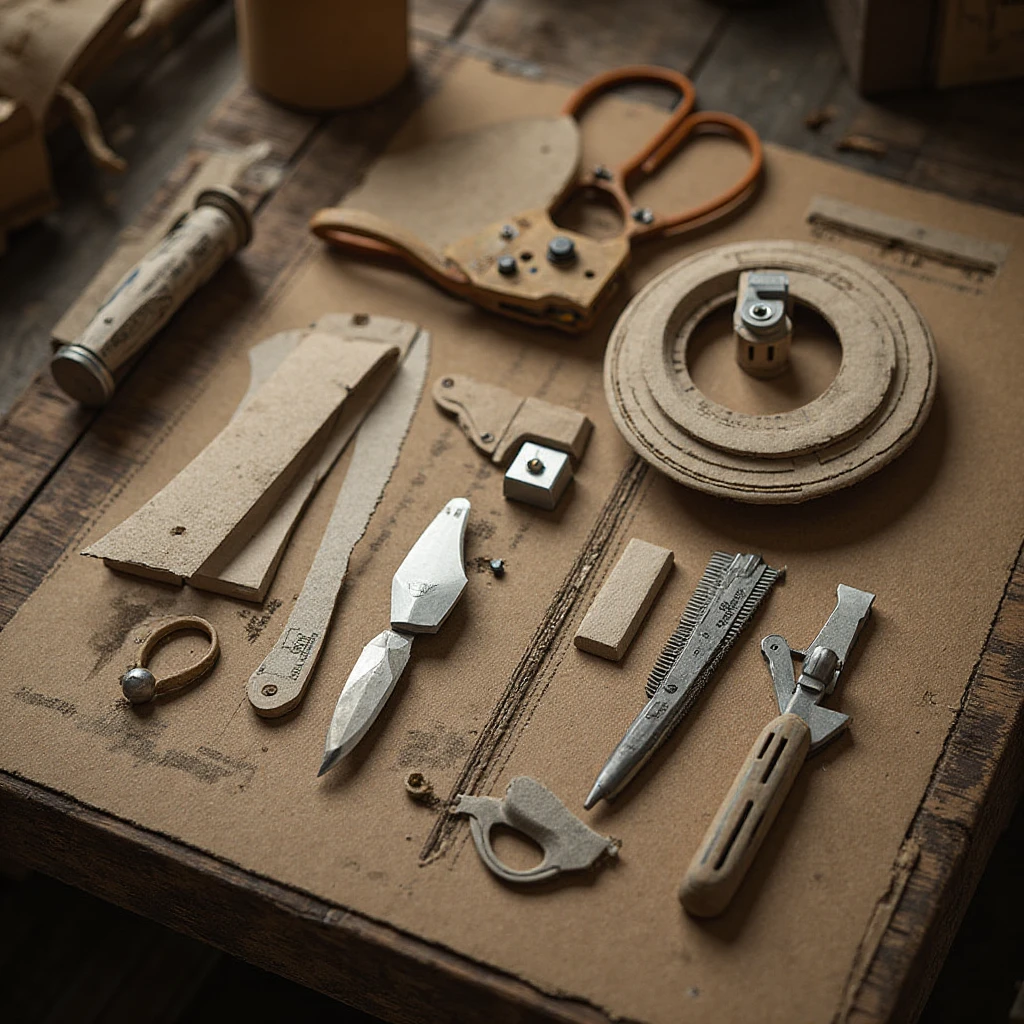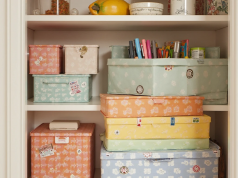Everyone who has worked with cardboard knows this problem: it seems that you cut on a ruler, but the edge turns out jagged, with burrs and irregularities 😫. It's especially frustrating when because of a sloppy cut, a complex craft or gift wrapping suffers. But achieving the perfect result is easier than it seems - you just need to choose the right tool and learn a few professional techniques!

🔍 Why is cardboard so hard to cut straight?
The secret lies in the structure of the material 🧩. The cardboard consists of several layers - a smooth outer layer and a corrugated inner layer. When we run a knife, the blade meets different resistance: the top layer yields easily, the corrugated layer requires more force, and the bottom layer can tear unevenly. This is what causes the "stepped" effect on the cut.
The direction of the corrugation 📏 creates additional difficulties. Cutting along the waves is easier, while cutting across them is more difficult, as the knife constantly "falls" into the voids between the stiffeners.
🛠️ Choosing a tool: from a stationery knife to a specialized cutter
✅ A box cutter - The basic version, which almost everyone has. To work with cardboard, choose models with a reinforced body and a blade thickness of at least 0.7 mm. Change the blade as soon as you feel that the knife begins to "chew" the material - usually after 2-3 meters of cutting.
✅ Cardboard knife with serrated blade - is specially designed for materials with a non-uniform structure. The serrations run smoothly through the corrugation, reducing resistance. This tool is especially good for thick, multilayer cardboard.
✅ Disk cutter - ideal for long straight cuts. The rotating blade cuts smoothly through the material without jerking. Some models are equipped with a guide to ensure a perfectly straight line.
✅ Cardboard scissors with serrated sharpening - ✅ Cardboard scissors with serrated sharpening - suitable for shape cutting ✂️. It is important to choose models with long blades and comfortable handles - they give more leverage and reduce effort.

📐 Perfect cutting techniques: step by step
- Markup - use a metal ruler and a pencil with a soft lead ✏️. Thin lines from a hard pencil do not show up well on cardboard.
- Substrate - never cut on the table! Use a self-healing mat or a piece of fiberboard. This will protect the furniture and allow the knife to go through the material.
- Hand position - Hold the knife at an angle of 45 degrees to the surface. Do not try to cut through the cardboard in one pass - it is better to make 2-3 light passes with gradually increasing pressure.
- Movement - guide the knife away from you, pressing the ruler against the part of the cardboard you are leaving behind. This will prevent the template from shifting.
- Finishing treatment - After cutting, go over the edge with medium grit sandpaper. This will remove small burrs and make the edge smooth.
💡 Tricks of the trade
For extra thick cardboard (from 5 mm) use the double-cutting technique 🔄: first cut the top layer along the marking line, then turn the sheet over and complete the cut on the reverse side.
If you need to cut a complex shaped element, warm the blade slightly with a hair dryer - warm metal passes through dense material more easily.
Use a special circular cutter for perfect circles ⭕. Unlike an ordinary circular, it does not tear the material, but cuts it neatly around the circumference.
❌ Common mistakes and how to avoid them
- Ragged edge - usually occurs when using a blunt blade. Solution: change the blade at the first sign of resistance 🔪.
- Wavy line - a consequence of moving too fast. Solution: cut slowly, with constant moderate pressure 🐢.
- Line offset - is the result of the ruler not being pressed down properly. Solution: use a ruler with an anti-slip coating or fix it with painter's tape 📌.
Remember: the perfect cut comes with practice 💪. Start with simple straight lines on unwanted scraps of cardboard, gradually moving on to more complex shapes. After a few tries, you'll notice that the edges become much smoother and the process becomes more enjoyable.
Working with cardboard is an art where precision and accuracy are as important as the creative idea 🎭. Once you have mastered the technique of even cutting, you will open up new possibilities for creating complex and beautiful crafts that will delight you with their flawless execution!






